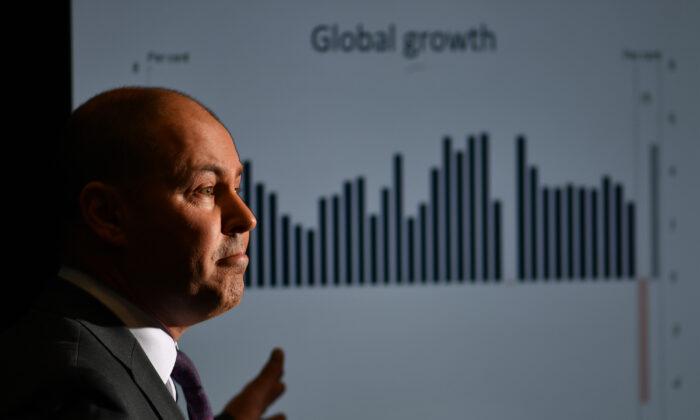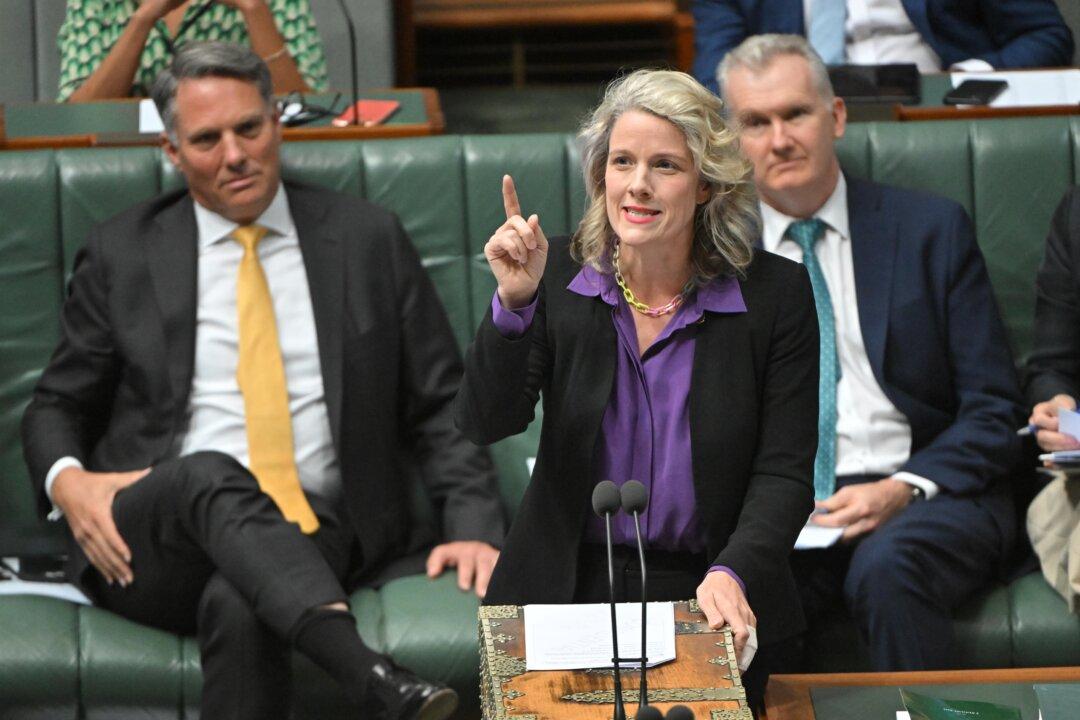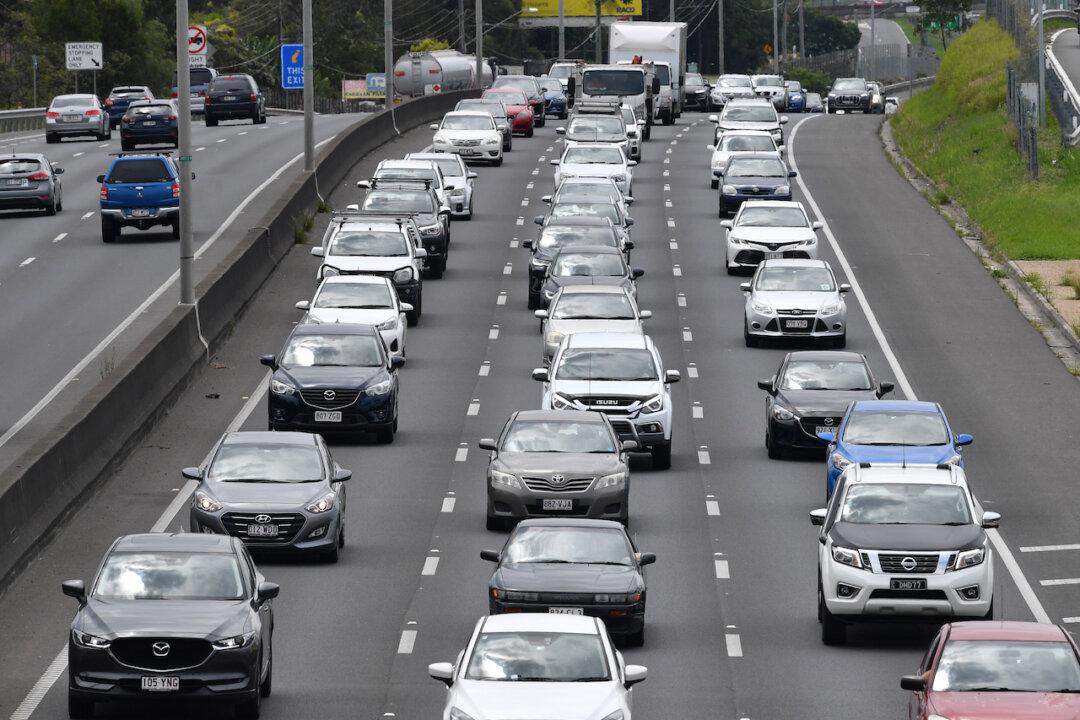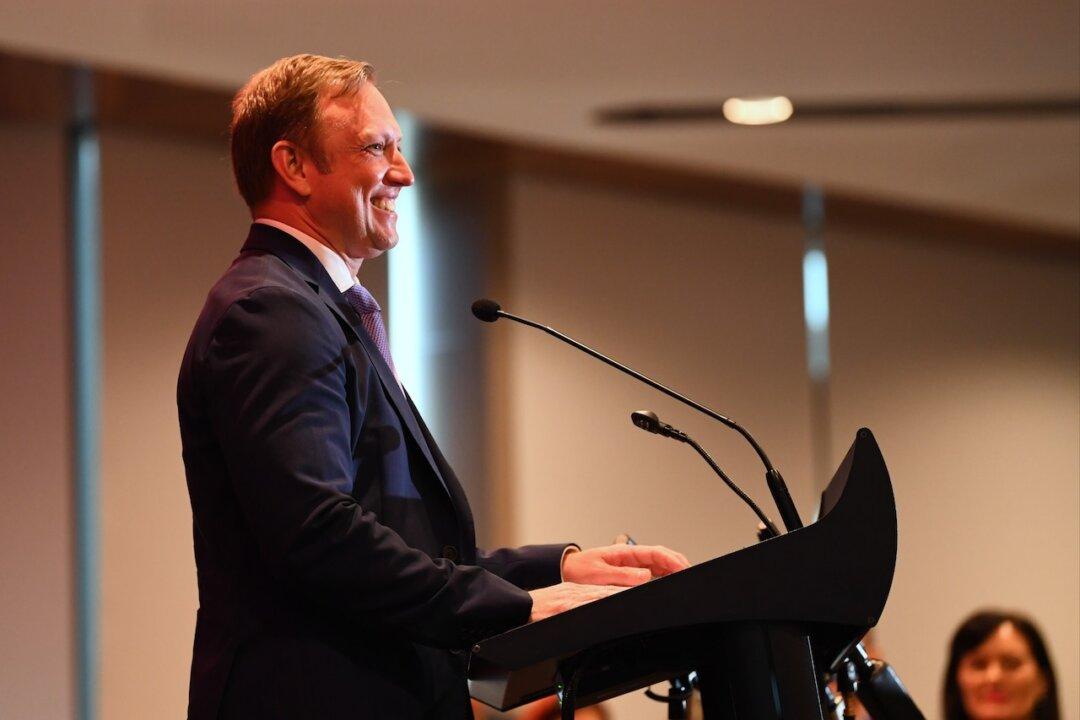Treasurer Josh Frydenberg expects the national accounts will show Australia suffered an “economic shock like no other” in the June quarter—its deepest contraction since World War II as a result of the coronavirus pandemic.
The downturn may not be as bad as the 10 percent collapse being bandied around when COVID-19 first hit Australia’s shores and the nation went into lockdown.
But with economists’ forecasts centring on a 6.0 percent drop in output during the June quarter, it will still mark the biggest decline since the Australian Bureau of Statistics started plotting the national accounts in the late 1950s.
“Australia is being hit by an economic shock like no other,” Treasurer Josh Frydenberg told ABC’s Insiders program on Sunday.
A six percent drop in the June quarter on Wednesday follows a more modest 0.3 percent decline in the March quarter and constitutes a technical recession of two consecutive quarters of contraction.
It would be the first recession in nearly 30 years.
Even if the March quarter result was revised up to a small positive, it would be difficult to argue the country is not in a recession given the subsequent slump in the following three months and the rapid rise in unemployment.
The jobless rate now stands at 7.5 percent compared with 5.1 percent in February, which now sees over a million people unemployed.
As it is, some economists are predicting a further negative in the September quarter in response to the harsh lockdowns in Victoria, a state that makes up about a quarter of national output.
Quarterly data seen so far has revealed lower household consumption, weak dwelling construction, and a further drop in business investment.
Economists will finalise their growth forecasts after business profits and inventories data on Monday and international trade and government spending reports on Tuesday.
“Partial data in the lead-up to GDP should show government spending and net exports made large contributions to activity ... but only partially offset the collapse in private demand amid widespread lockdowns,” National Australia Bank economist Kaixin Owyong said.
Reserve Bank governor Philip Lowe will get a final chance to comment on the central bank’s expectation for the national accounts in his post-monthly board meeting statement on Tuesday.
The Reserve Bank is expected to keep the cash rate at a record-low 0.25 percent and maintain its bond-buying program to keep market interest rates low.
Other reports this week include credit data (Monday), weekly consumer confidence (Tuesday), monthly international trade (Thursday), and retail spending (Friday).
The Australian share market looks set to get off to a weak start in this critical data week and despite further gains on Wall Street on Friday.
ASX futures point to a 0.7 percent fall at Monday’s opening.
The S&P/ASX200 benchmark index closed down 0.9 percent at 6073.8 points on Friday, finishing its worst weekly performance of the month following a weak company reporting season because of the pandemic.
The US Dow Jones Industrial Average rose 0.6 percent to 28,653.87, the S&P 500 gained 0.7 percent to 3,508.01 and the Nasdaq Composite added 0.6 percent to 11,695.63.






Friends Read Free